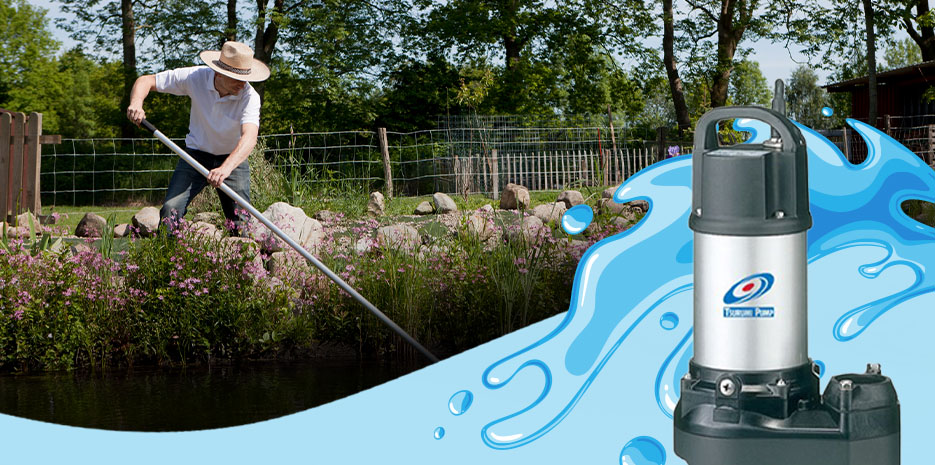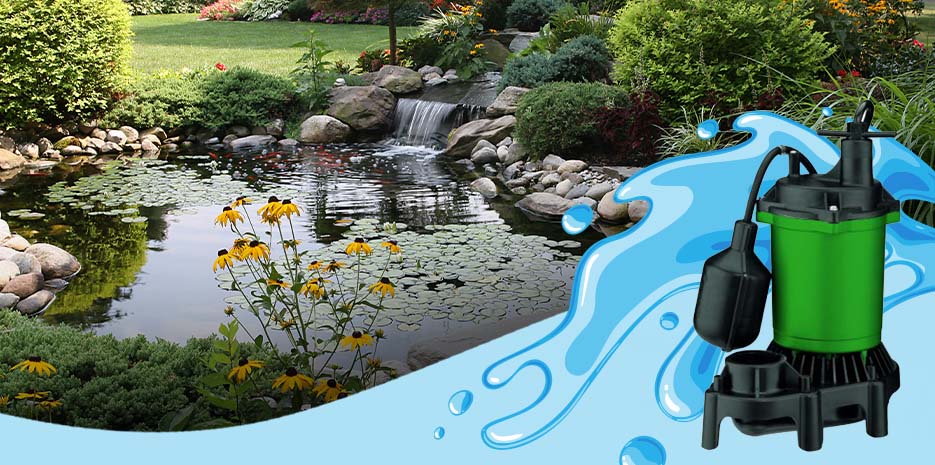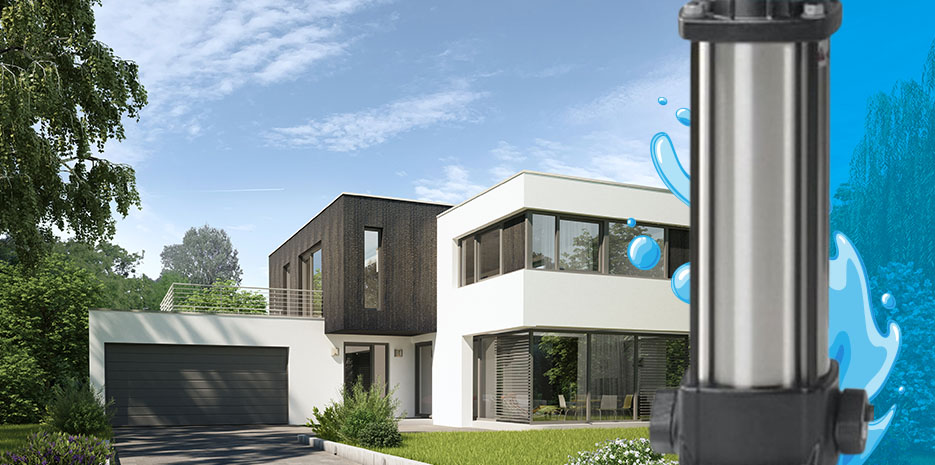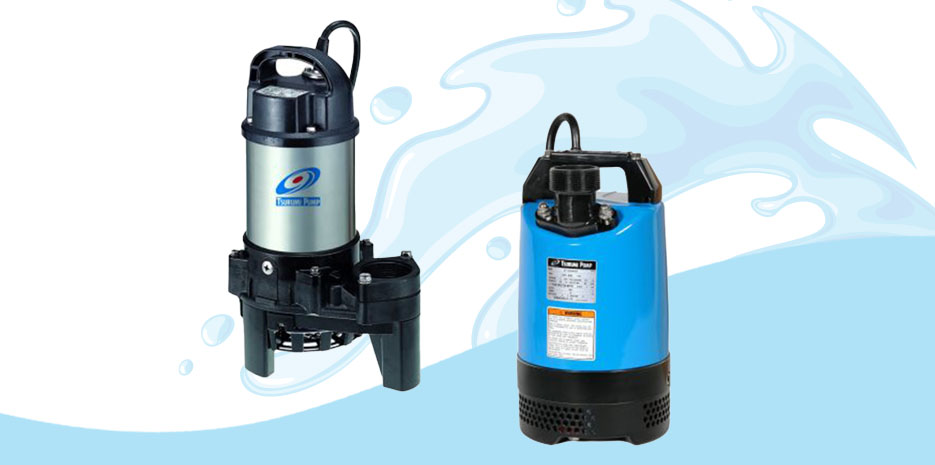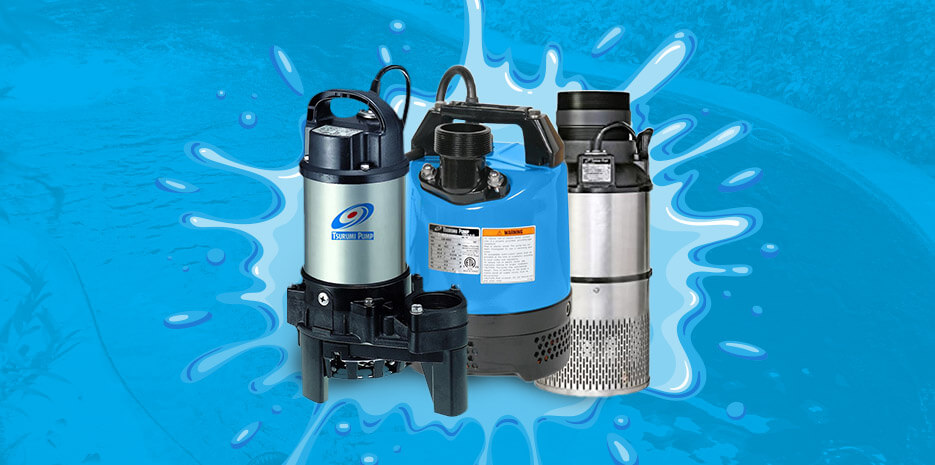Flood Response in Weather Emergencies
- By Eli Weinstock
- Sep 17, 2012
Planning and preparing for water damage and flooding from severe weather emergencies takes place long before the weather actually goes bad if done right. Whether the response is sand bags, barriers or sump pumps, much of the response is done proactively rather than reactively.
If there is enough time for proper planning, evaluation of a given property that needs to be protected is the first step. Understanding the location, what geological forms will drive water and debris and where drainage exists will make a big difference in how water will rise, and where it will cause the most damage to property.
Knowing if a hill will drive water down a homeowner’s main street or his backyard can help with planning barriers for mud flows and debris movement. Additionally, regularly checking and clearing street drains in the area will allow initial water build up to flow before the municipal system gets overwhelmed. That can provide valuable time for property to be defended at the last moment.
Ideally, when the flooding and debris flow does occur, the planning of barriers, sandbags and ditches will have diverted much of the liquid flow away from the home or property and instead to central drain channels. Homeowners working together can build barriers with wood, earth and sandbags, giving flow a place to go during flooding between homes and out to the street drains. Also sump pumps should be installed in homes with levels underneath the ground such as basements or storage rooms. With a pump running, any water coming into the lower area can be pumped right back out before it begins to pool.
After the flood, there’s going to be one big mess. Water moves a lot of garbage, material, debris and even dead animals. All of this mess will have to be cleaned up and removed after the flood waters have receded. Homeowners with water intrusion can plan on ripping out their drywall at least a foot above the flood waterline, including the wet insulation behind the material. In addition, depending how much water intrusion occurred, flooring and the ground outside will be fairly destroyed or covered with trash and mud. All of this will take time, disposal services, and portable sump pumps where pools of water have deposited inside homes and buildings.
Floods can't be prevented when they overwhelm an area. However, a lot of what people do ahead of time can make a big difference in protecting property or recovering quickly.

